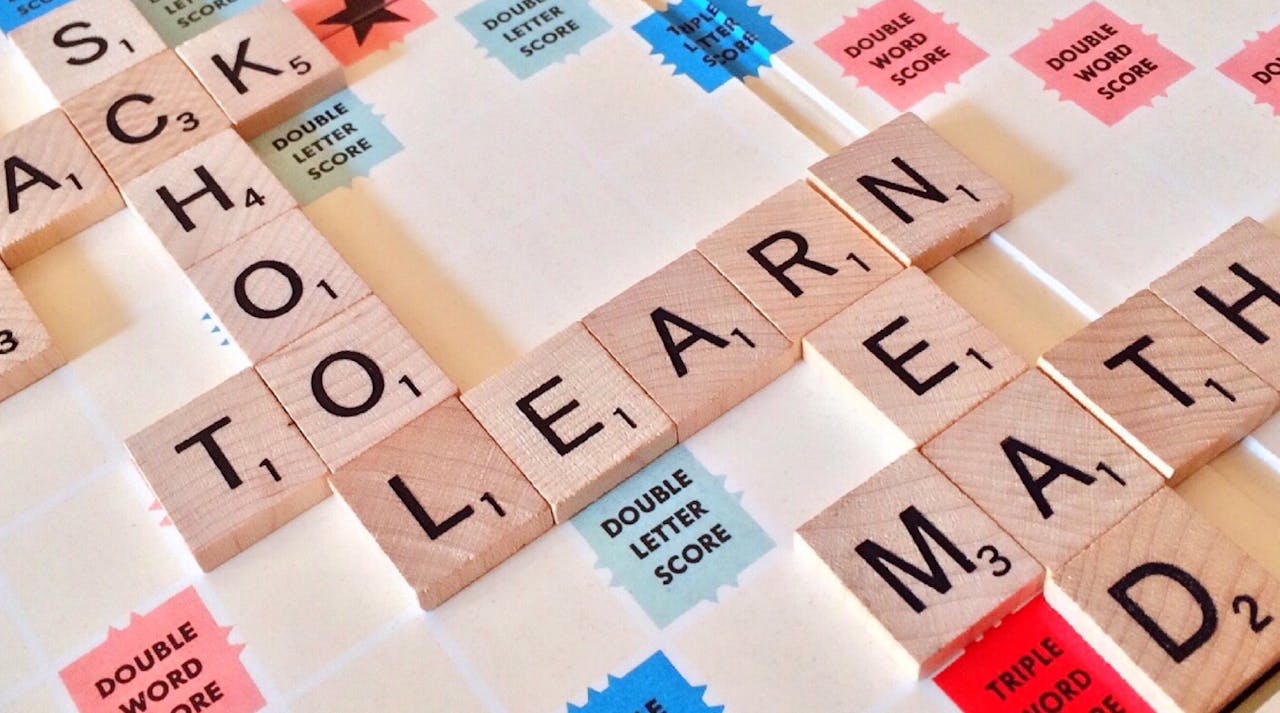How should my child prepare for the Raven’s test?

What is the Raven’s Test and how do I prepare for it?
The Raven’s Progressive Matrices Test is a non-verbal assessment designed to measure abstract reasoning, logical thinking, and problem-solving ability. Commonly used in IQ testing, gifted evaluations, and pre-employment assessments, the test presents a series of visual patterns with one piece missing. Your task is to identify the correct piece that completes the pattern from multiple choices.
The Raven’s Progressive Matrices test is a widely used assessment designed to measure a child’s nonverbal reasoning and problem-solving skills. Often used as part of gifted and talented program evaluations or cognitive ability screening, this test focuses on pattern recognition, logical thinking, and visual-spatial awareness. Unlike many standardized tests, it doesn’t rely on language or prior knowledge, making it accessible to a wide range of students. Here’s how parents can help their children prepare effectively for the Raven’s test.
What Is the Raven’s Test?
The Raven’s Progressive Matrices consists of a series of visual puzzles. Each puzzle presents a matrix of shapes or patterns with one piece missing. The child must choose the correct piece that completes the pattern from several options. There are different versions of the test based on age:
Coloured Progressive Matrices (CPM): For children ages 5–11.
Standard Progressive Matrices (SPM): For ages 12 and older.
Advanced Progressive Matrices (APM): For gifted adolescents and adults.
Preparation Tips for Parents
1. Build Pattern Recognition Skills
Encourage your child to play games and solve puzzles that involve recognizing and completing patterns. This could include:
Tangrams
Jigsaw puzzles
Shape-sequencing games
Visual logic games (online or print)
2. Practice With Sample Matrices
While the Raven’s test is designed to measure innate reasoning ability, practicing similar visual matrices can help your child become familiar with the format and improve confidence. Use:
Free online Raven’s-style practice questions
Workbooks focused on nonverbal reasoning
Puzzle books with logical sequencing challenges
3. Strengthen Visual-Spatial Reasoning
Look for activities that develop your child’s ability to mentally manipulate shapes and objects:
Origami and paper folding
Building with blocks or Legos
Mazes and mirror image challenges
4. Promote a Growth Mindset
Since the Raven’s test doesn’t include traditional “studying,” help your child focus on strategies like:
Looking for symmetry and direction in patterns
Comparing elements row by row and column by column
Eliminating incorrect answers through logic
Reinforce that it’s okay to not know an answer right away and that persistence is part of the process.
5. Set a Comfortable Practice Environment
Simulate a calm, quiet testing space during practice sessions. Make sure your child is:
Well-rested and fed
Comfortable and free of distractions
Practicing in short sessions (15–30 minutes) to maintain focus
What to Avoid
Don’t over-drill: Since the Raven’s test is a reasoning test, over-preparation or memorizing patterns won’t help and may increase anxiety.
Avoid comparing scores: Focus on improvement and confidence, not perfection or competition.
FAQ
The Raven’s test can be administered to children as young as 5. The specific version used depends on the child’s age and the testing purpose.
Some versions are timed, while others are not. Most school assessments provide enough time for children to complete the test without rushing.
While you can’t study specific content, practicing similar puzzles can help improve your child’s comfort with the test format.
Yes, many gifted and talented programs include the Raven’s as part of their screening process.
Would you like a printable practice worksheet or list of free Raven-style puzzles to include?






